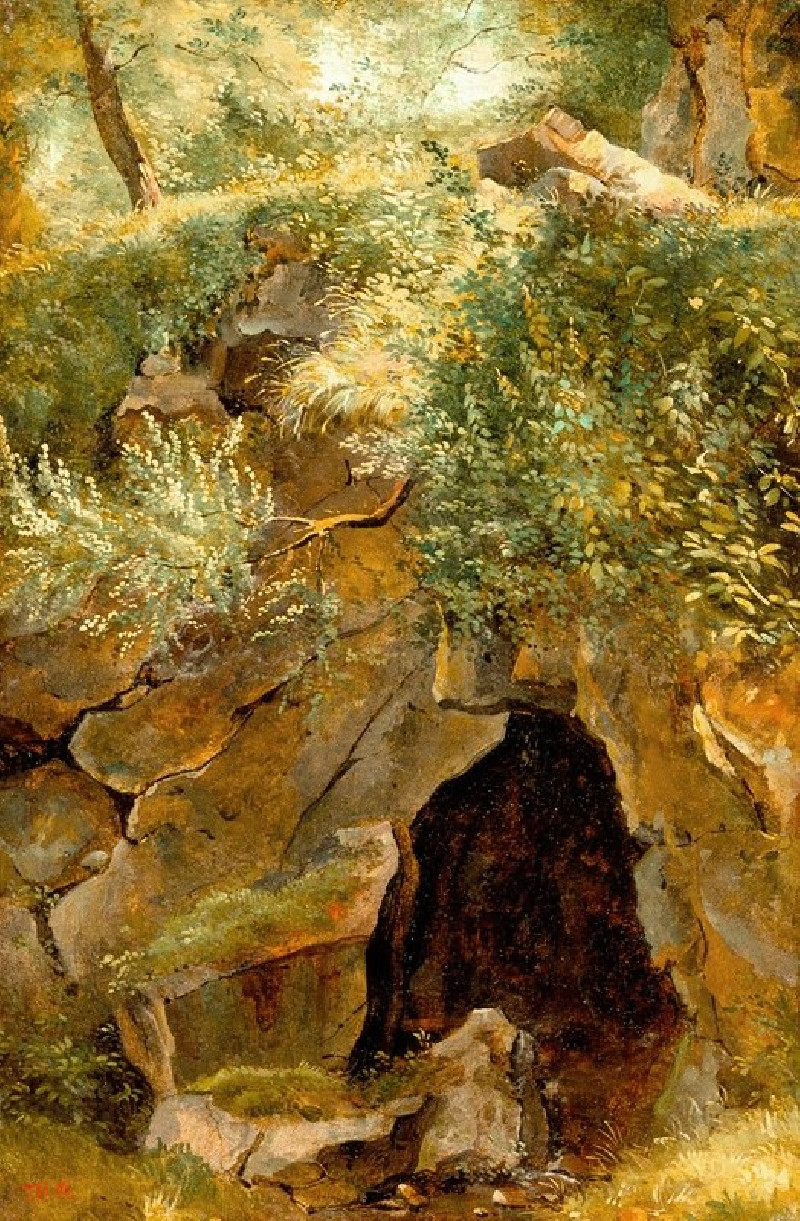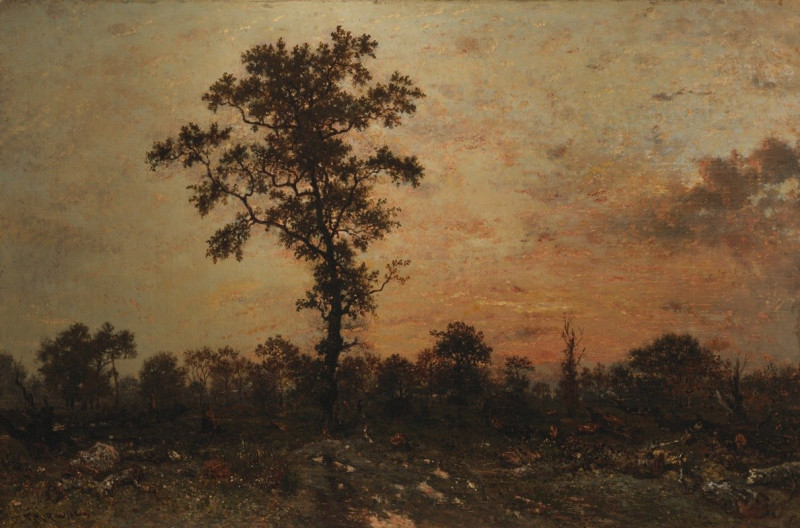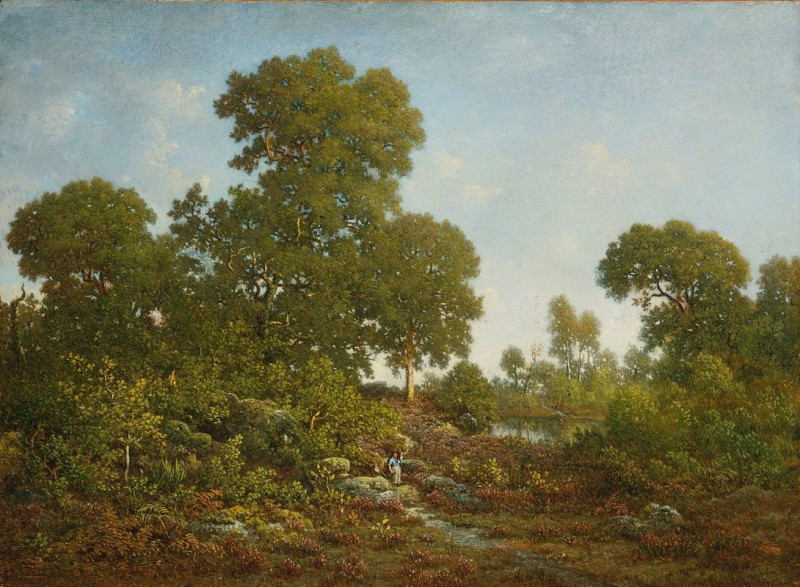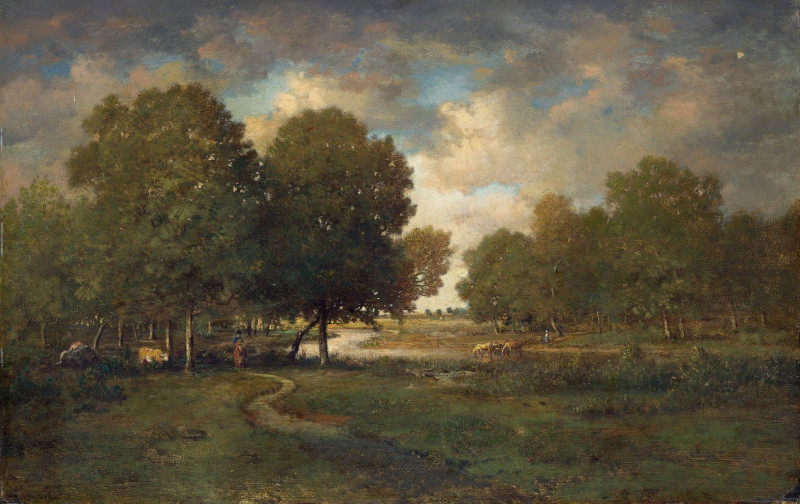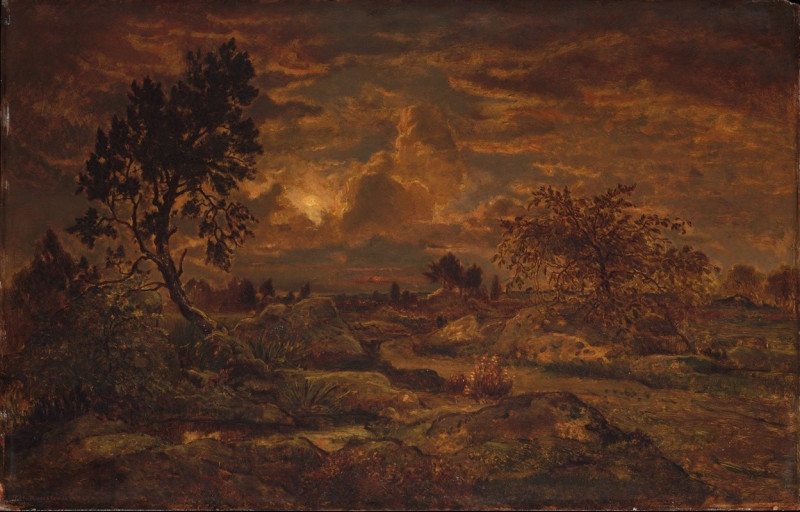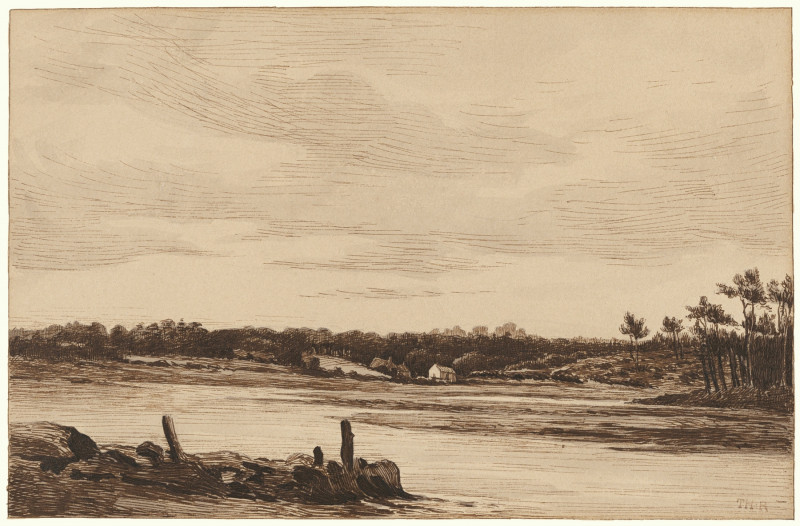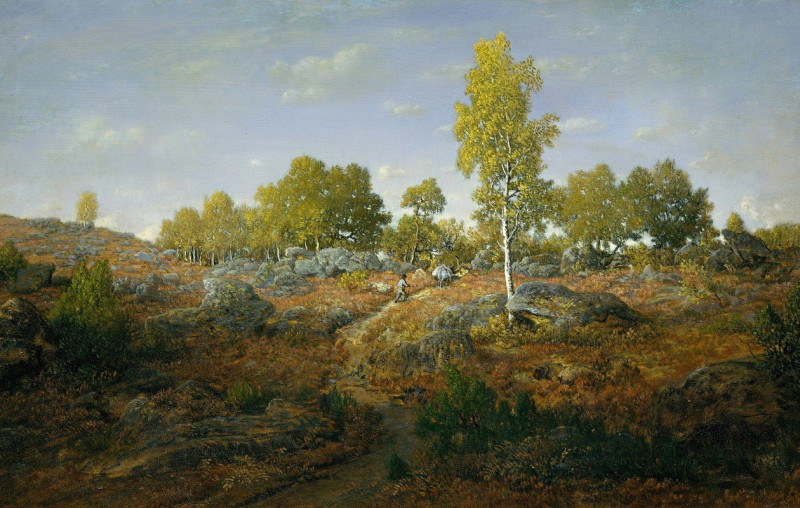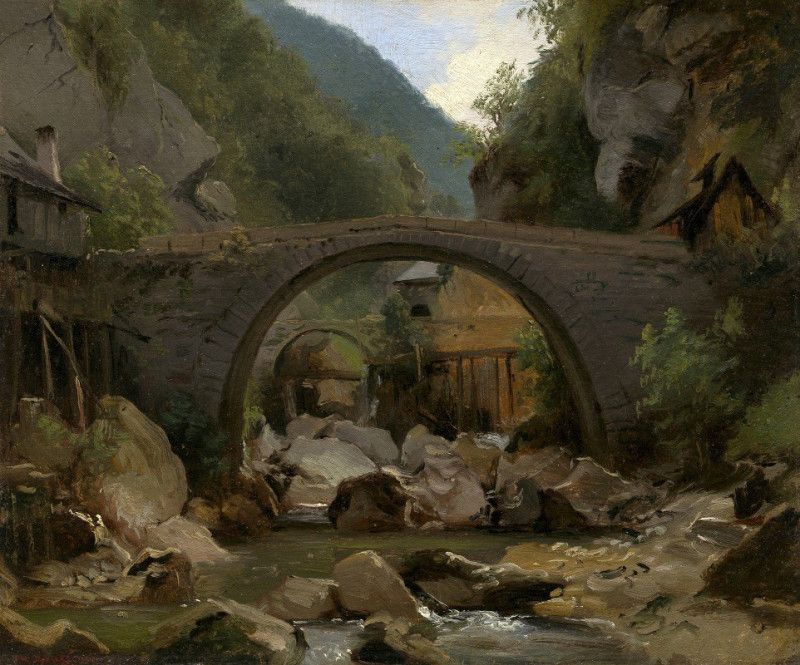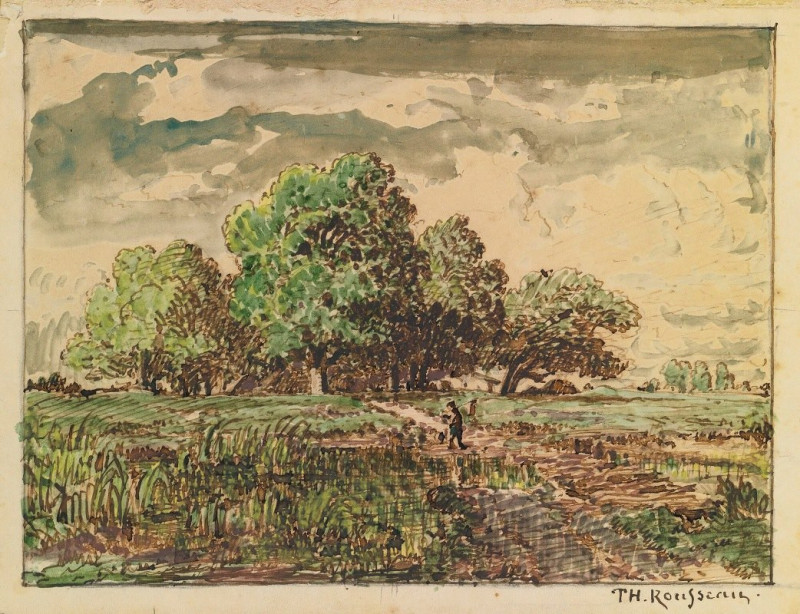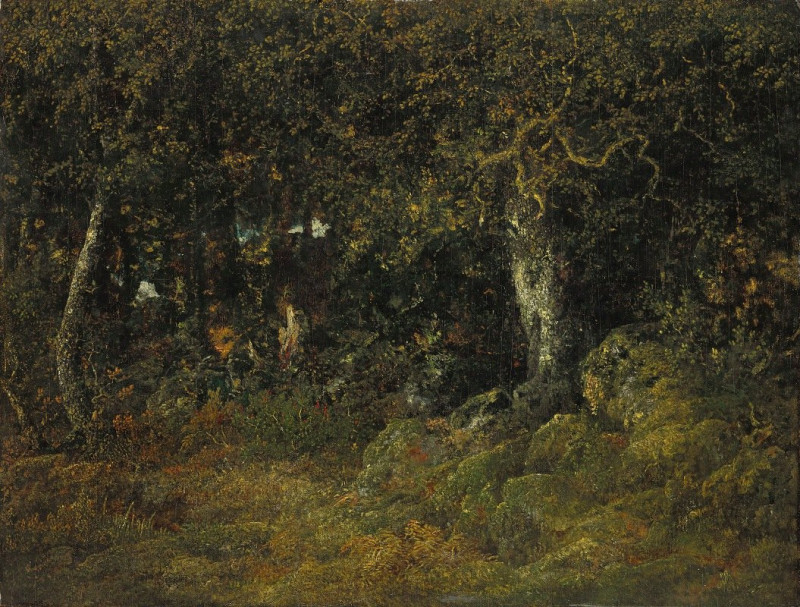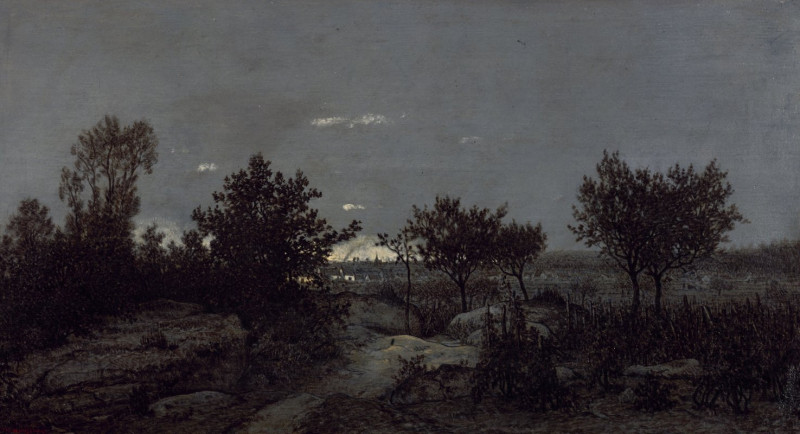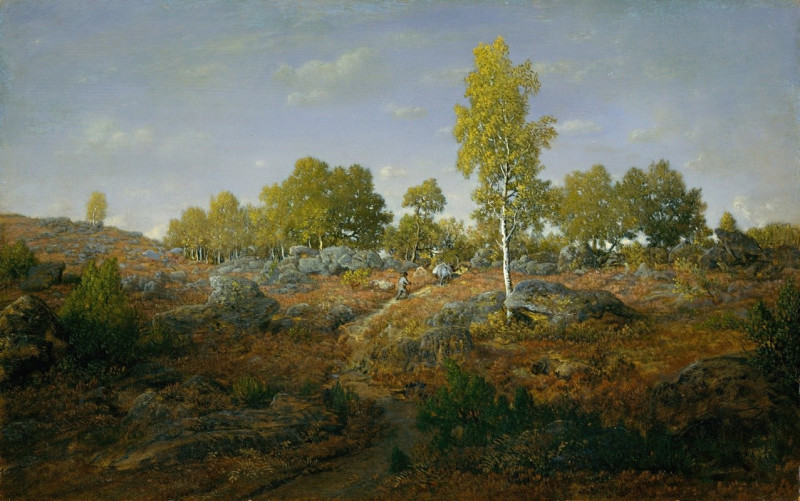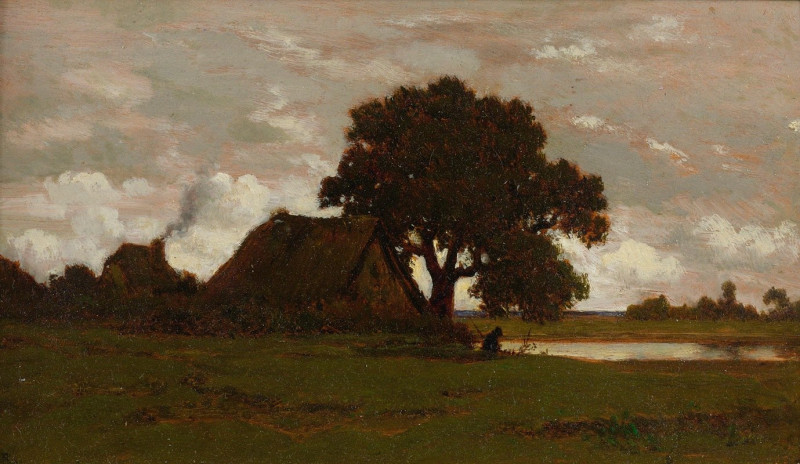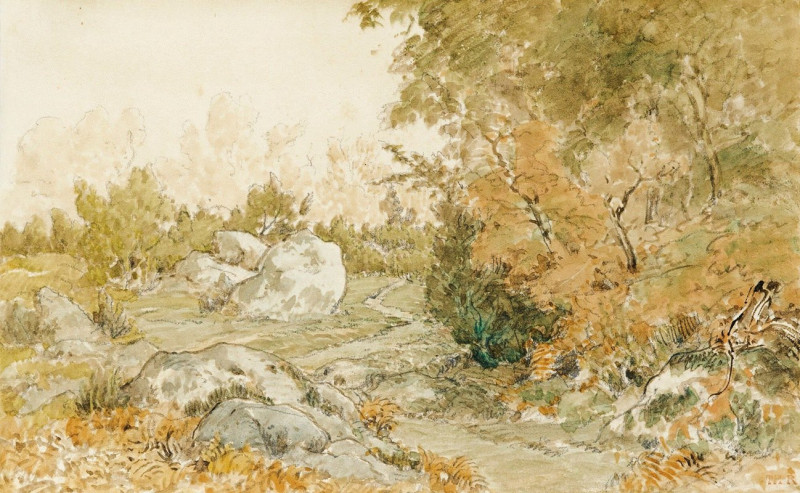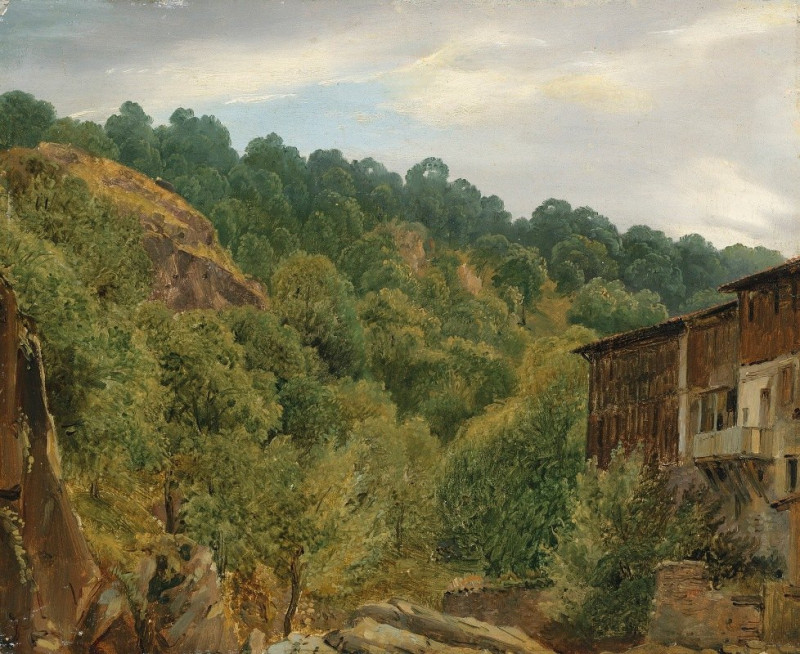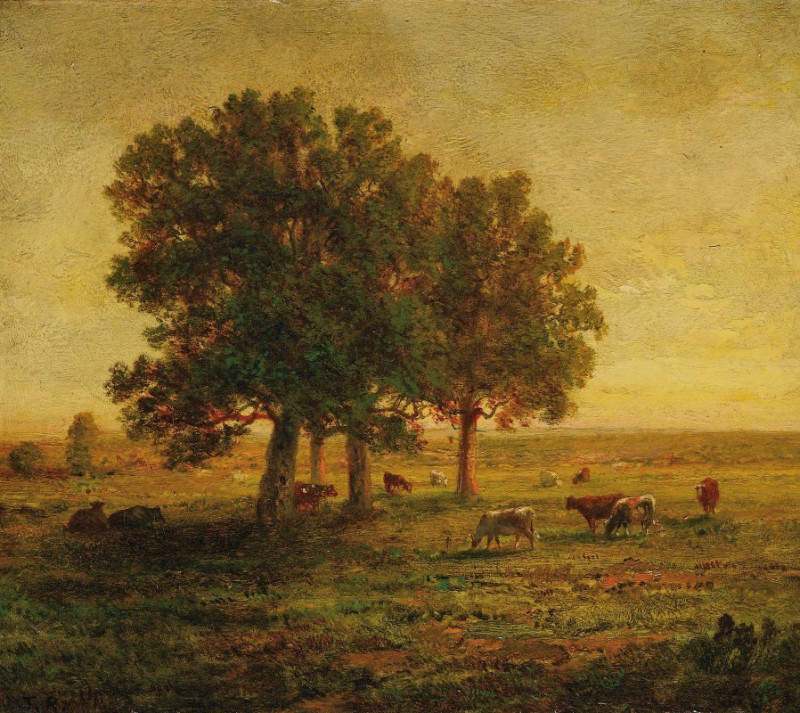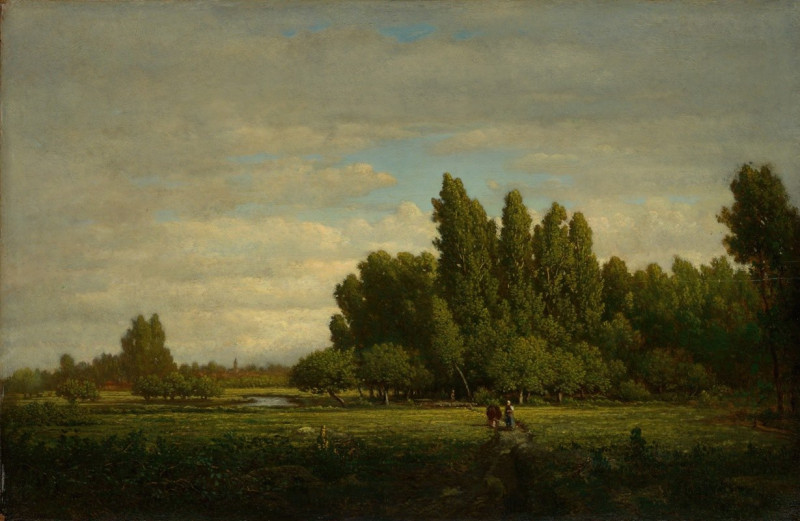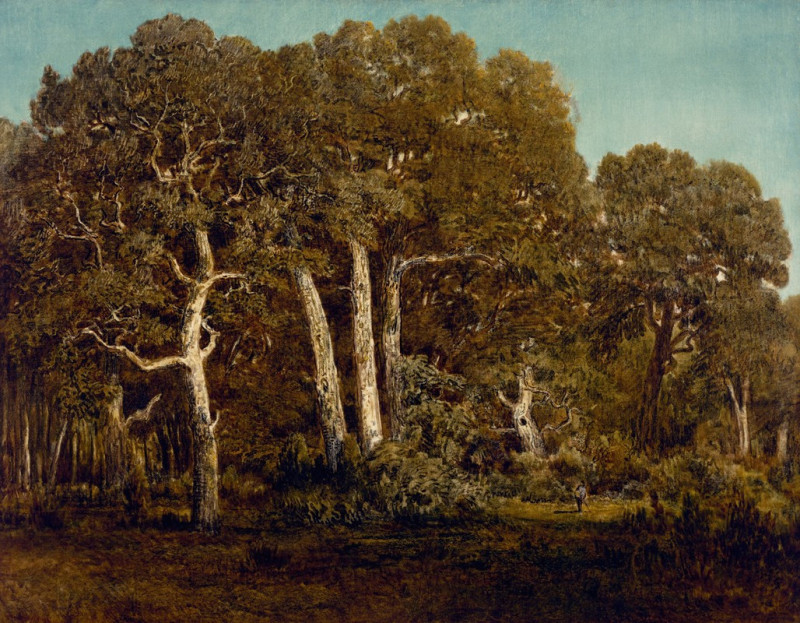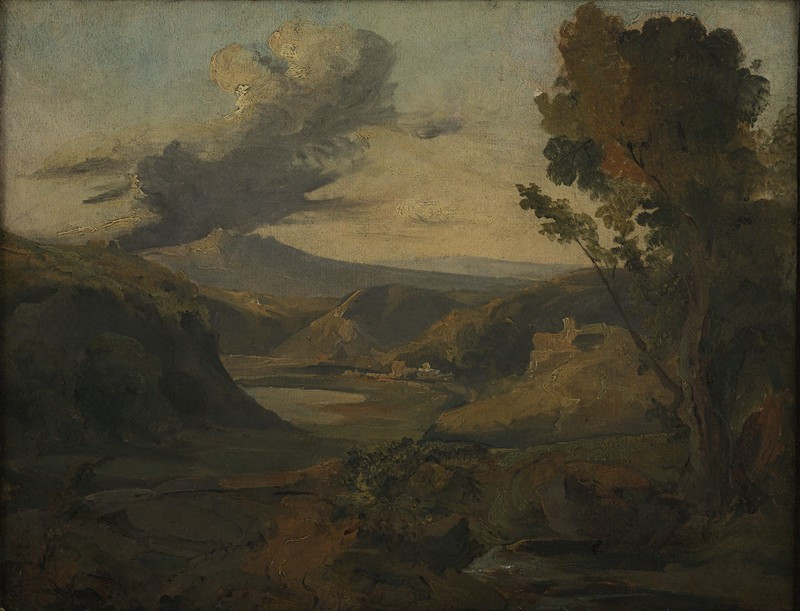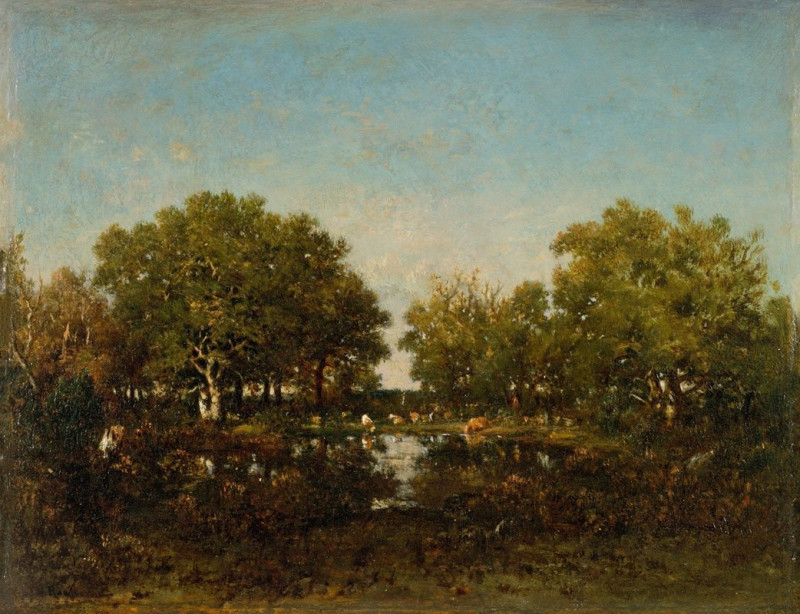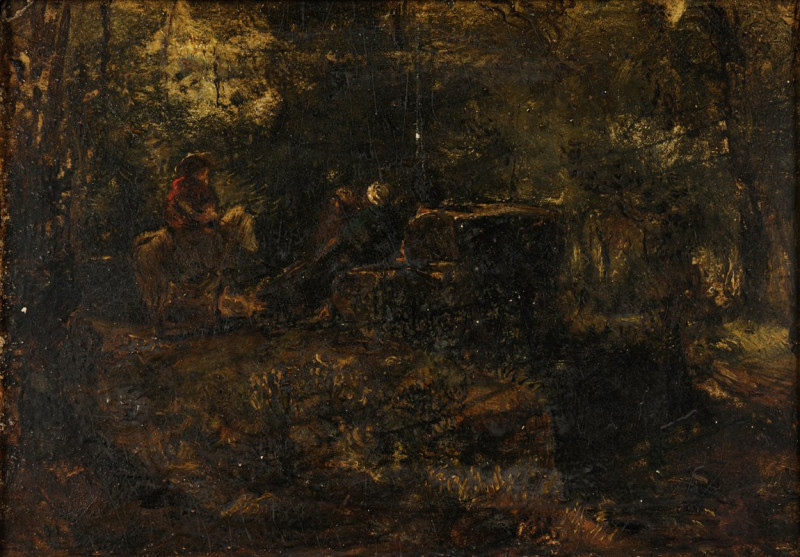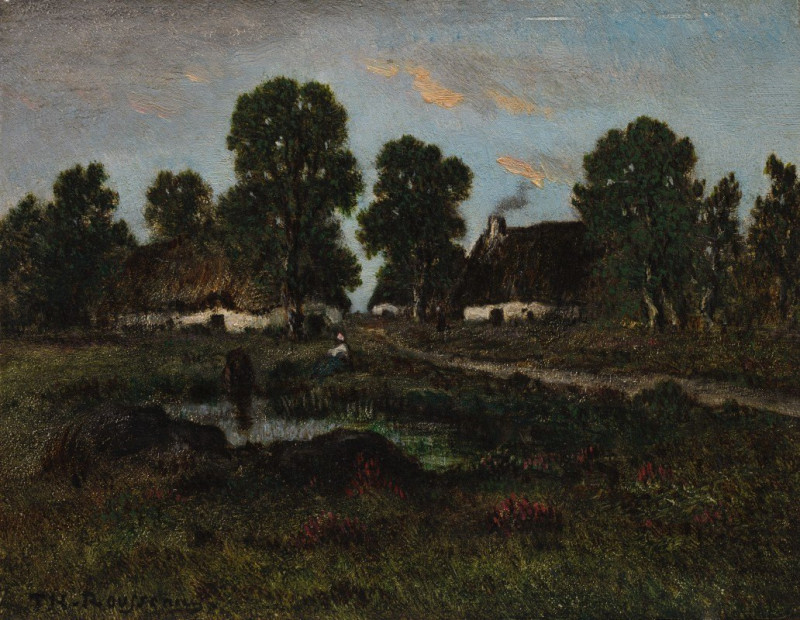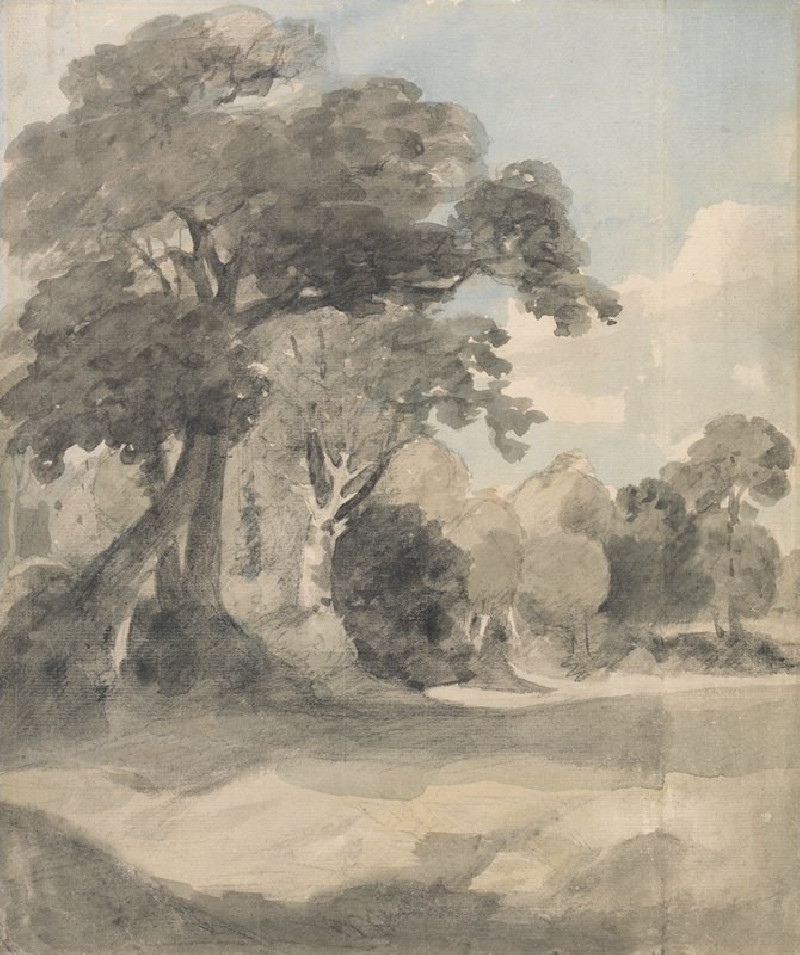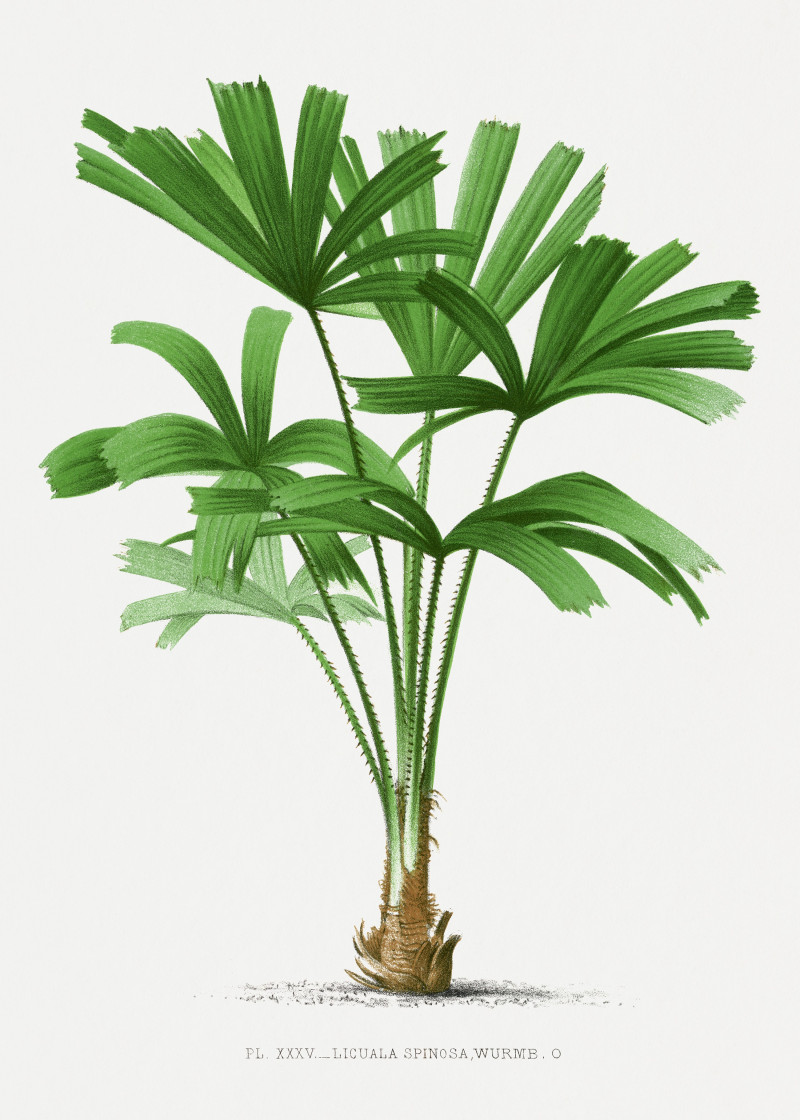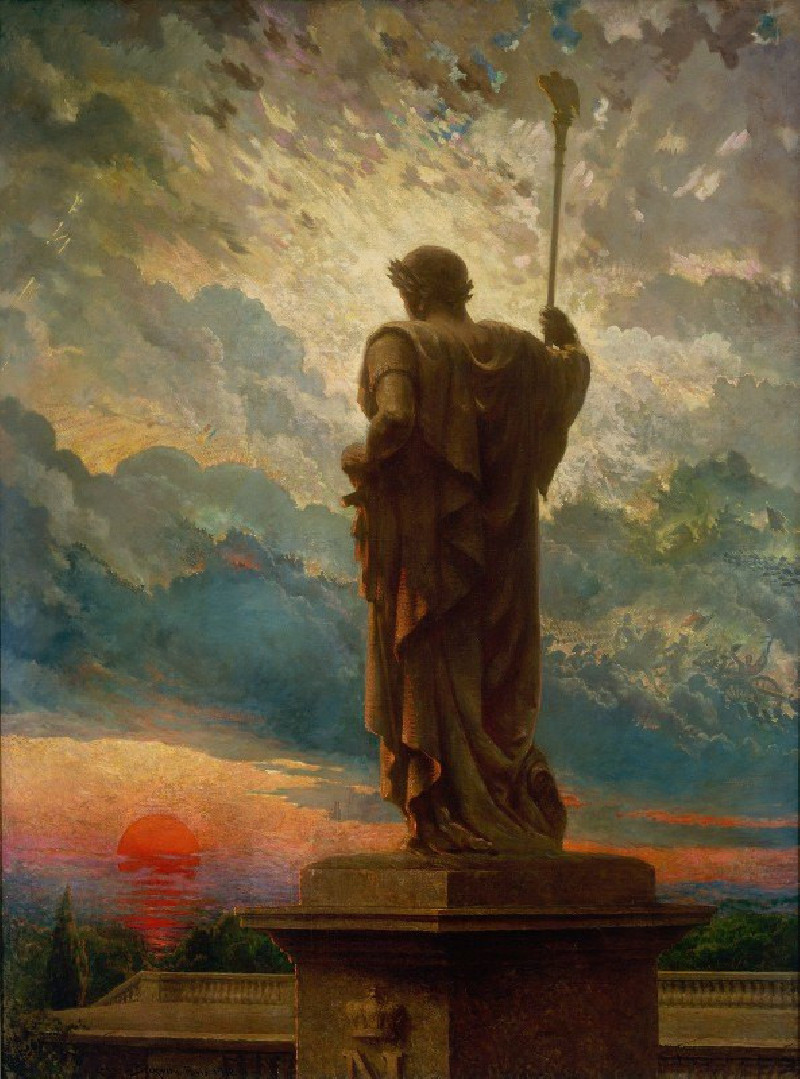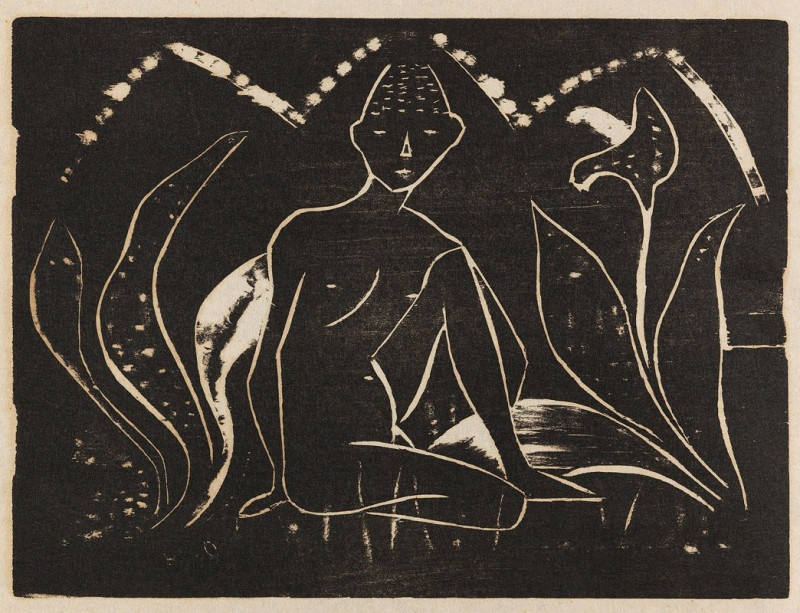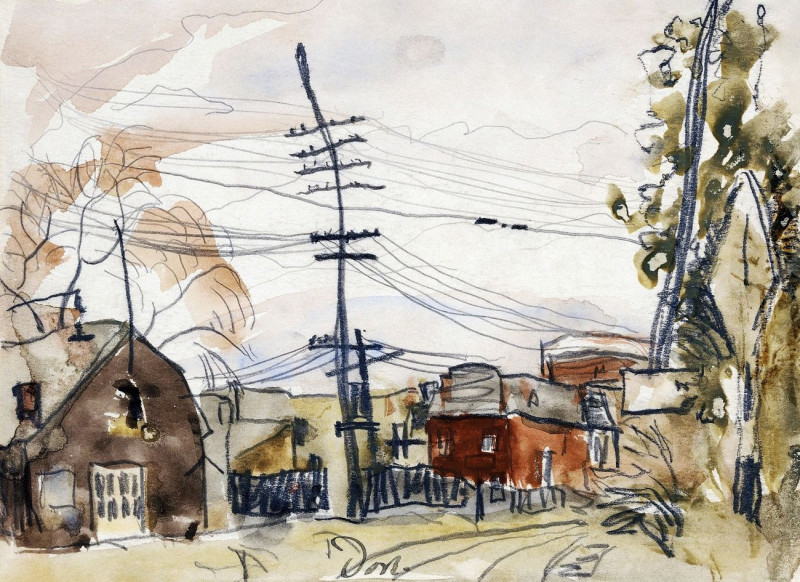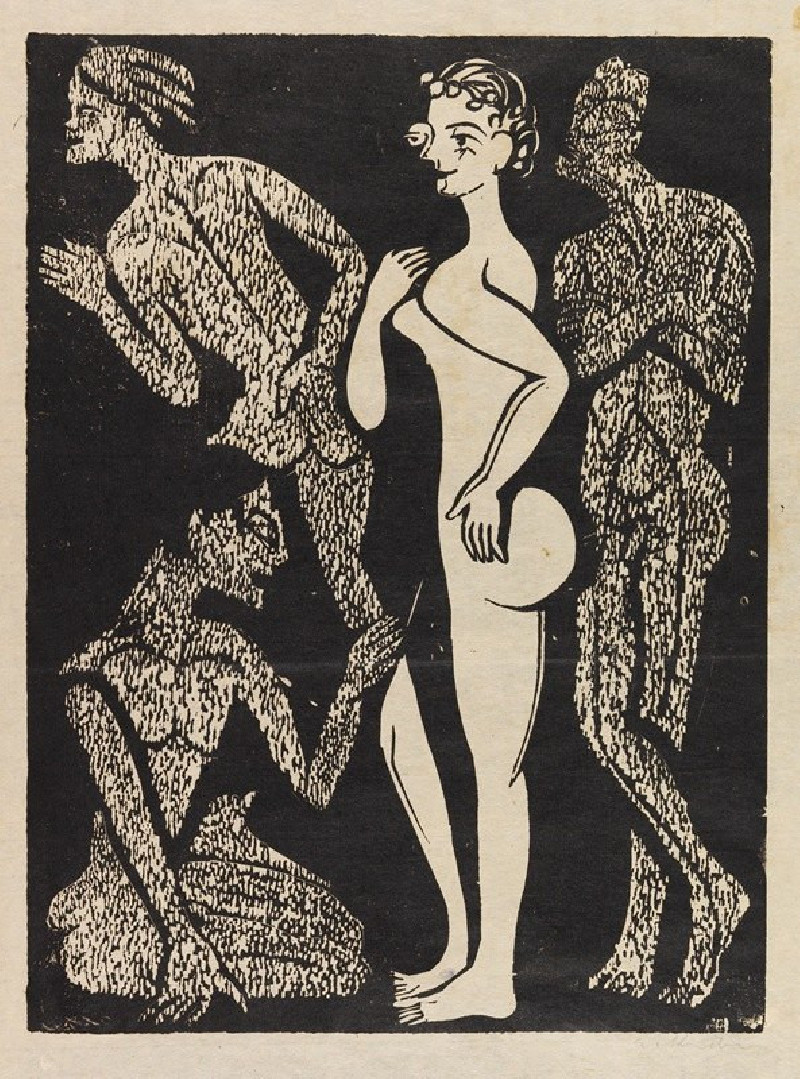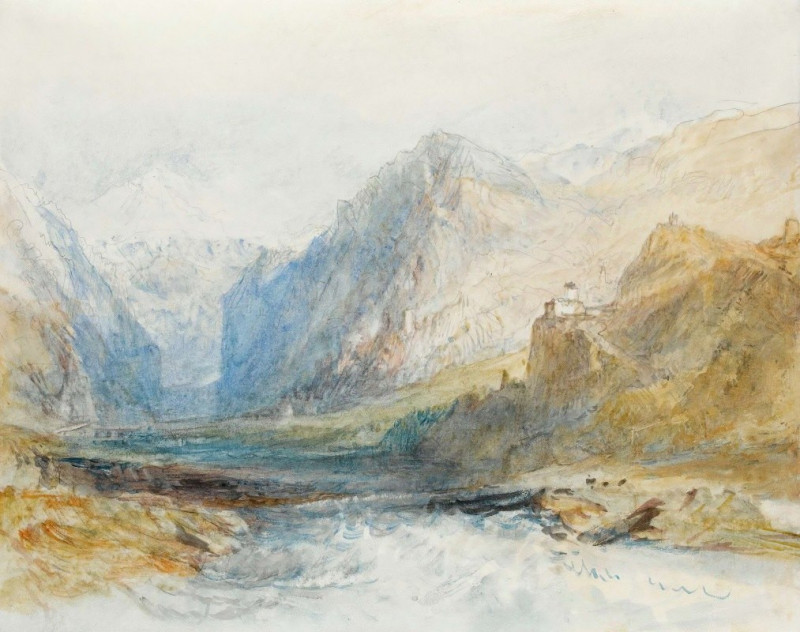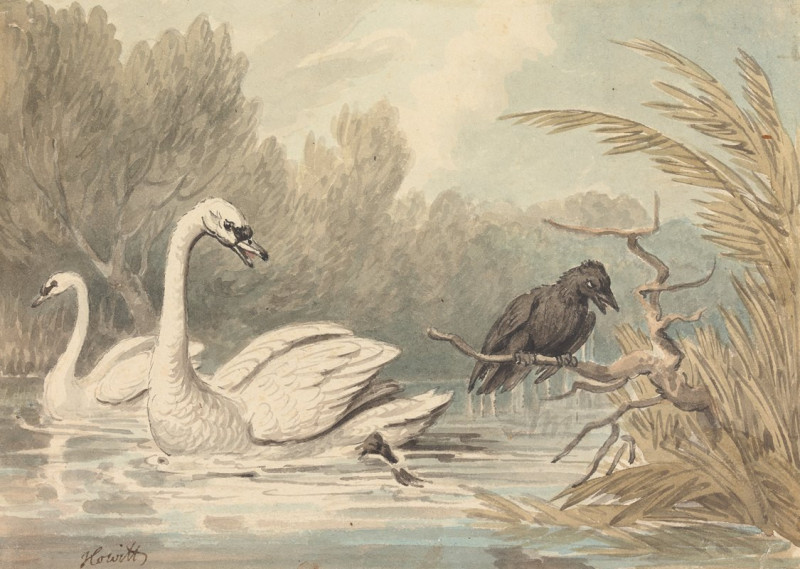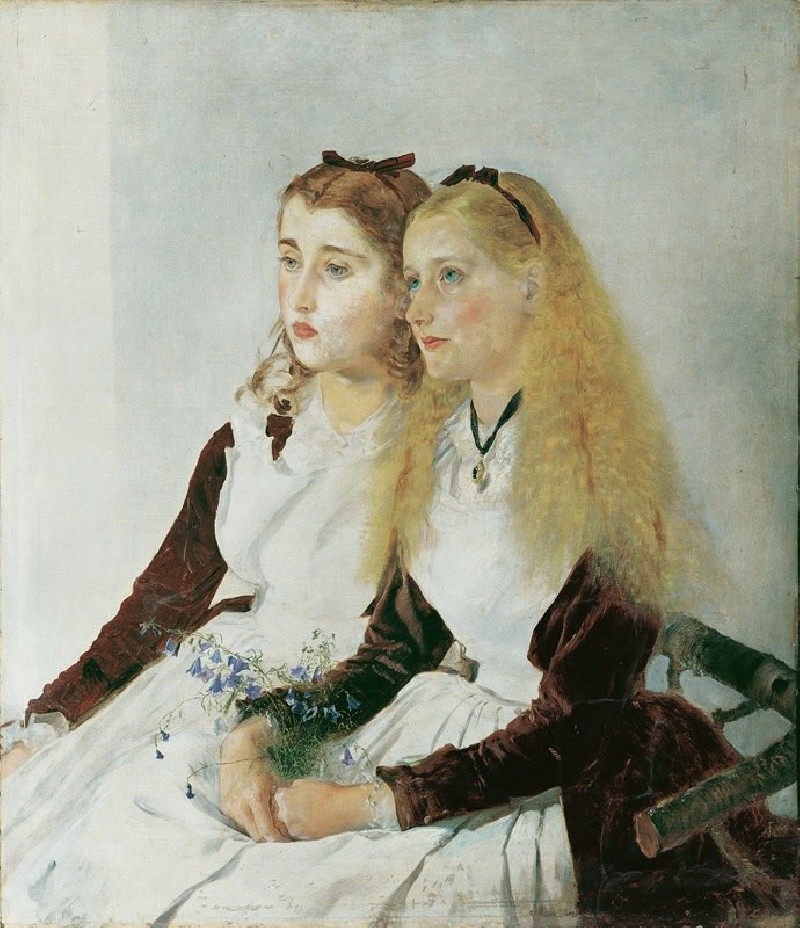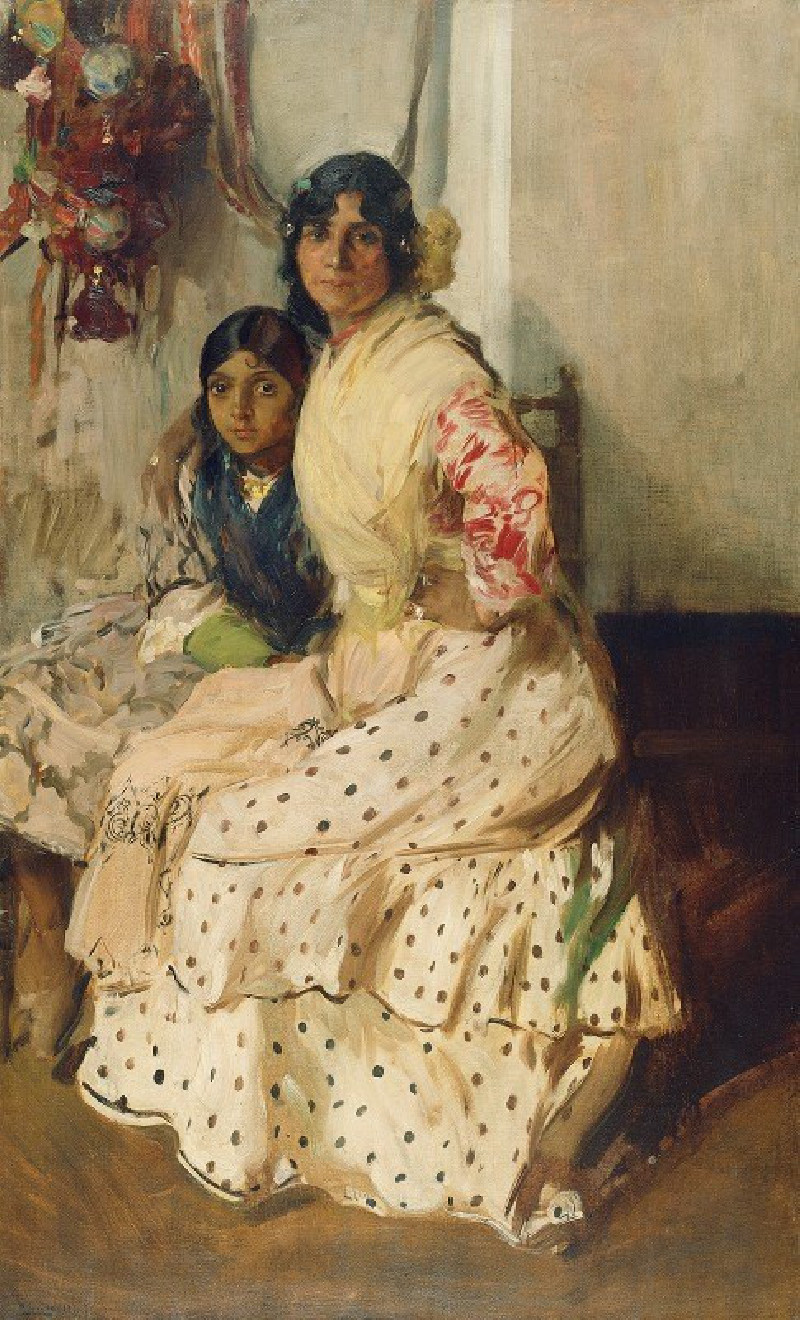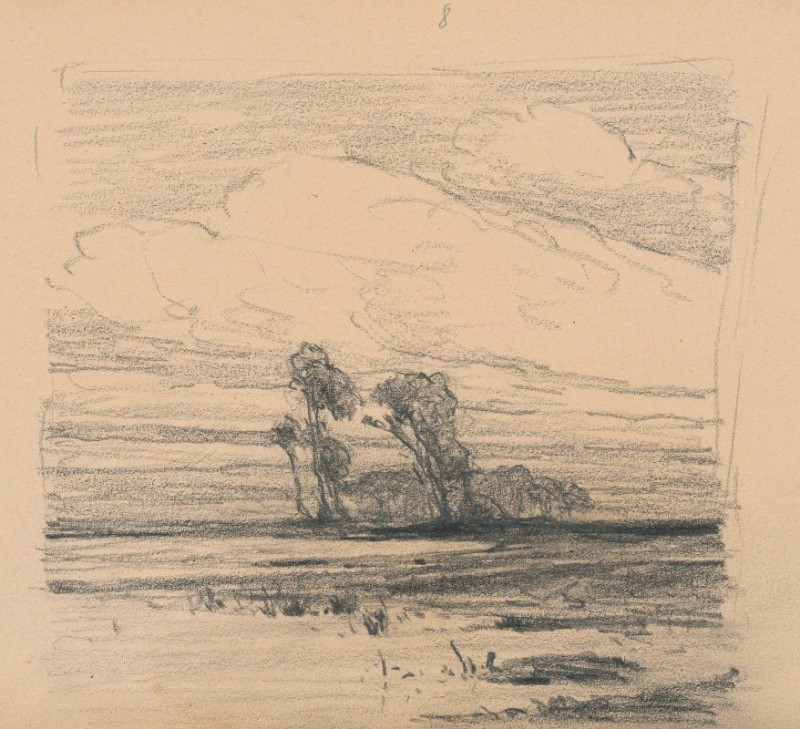The Cave (1828-1830)
Technique: Giclée quality print
Recommended by our customers
More about this artwork
Théodore Rousseau, a pivotal figure in the Barbizon school of France, is celebrated for his profound attachment to nature, exquisitely captured in his painting titled "The Cave" (1828-1830). This relatively obscure yet mesmerizing piece invites viewers into a lush, verdant world, tinted with the mystery and tranquility of the natural landscape that Rousseau held so dear."The Cave" presents a secretive grotto, ensconced amid a vibrant thicket of greenery. The mouth of the cave, shrouded in darkness, contrasts strikingly with the luminosity of the surrounding foliage illuminated under the soft glow of daylight. Rousseau's brushwork marvelously conveys the varied textures of the scene—from the lustrous, leafy branches to the rugged, moss-covered rocks—that compose this serene haven.Reflection of light is masterfully rendered, drawing attention to the intricate details of wildflowers and plants that thrive in this concealed environment. Rousseau's palette emphasizes lush greens and earthy browns, creating a sense of depth and richness that enhances the viewer's sensation of discovering a hidden gem in the wilderness."The Cave" does not just depict a locale; it invokes a feeling of solitude and introspection, encouraging the observer to ponder what mysteries might lie within the cavern's depths. It’s a visual exploration of nature’s quiet corners and an invitation to appreciate the untouched, raw beauty of the environment.
Delivery
Returns
Étienne Pierre Théodore Rousseau was a French painter of the Barbizon school.
He was born in Paris, France in a bourgeois family. At first he received a basic level of training, but soon displayed aptitude for painting. Although his father regretted the decision at first, he became reconciled to his son forsaking business, and throughout the artist's career (for he survived his son) was a sympathizer with him in all his conflicts with the Paris Salon authorities.

